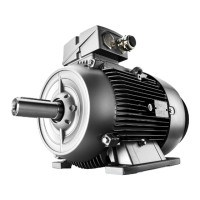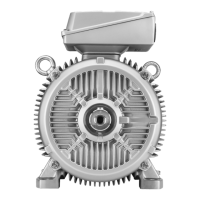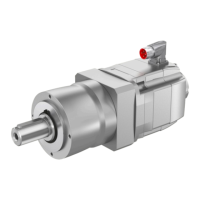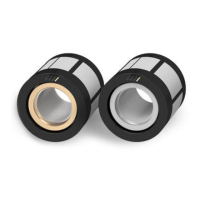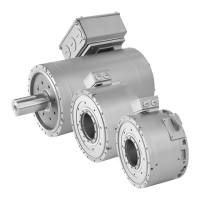Maintenance
9.2 Inspection and maintenance
1LA5/6/7/9, 1LG4/6, 1MA6/7, 1MB..1/2/3/4/5 - SH 63 ... 355
114 Operating Instructions, 06/2018, A5E44455710A
Explosion hazard due to overheating of the machine caused by a layer of dust
Layers of dust thicker than 5mm can insulate the machine, resulting in overheating. The
maximum surface temperature of the machine cannot be adhered to. The dust can ignite,
resulting in an explosion. This can result in death, serious injury or material damage.
• Dust the machine regularly.
• Do not allow dust layers thicker than 5 mm to build up on the machine surface.
• Do not switch the machine on until the dust has been removed.
Risk of explosion due to excessive bearing temperature
The surface temperature cannot be maintained within maximum permissible limits if the
bearing becomes too hot. The dust can ignite, resulting in an explosion. This can result in
death, serious injury or material damage.
• Always check the bearing temperature.
• In addition to the current-dependent overload protection device located in the three
phases of the connecting cable, we recommend that you also monitor the temperature
rise in the motor with the aid of the temperature sensors built into the stator winding.
Static charging when cleaning
Risk of explosion due to static charging
If you clean the motor, plastic components may become statically charged and ignite a
potentially explosive atmosphere. An explosion can occur. This can result in death, serious
injury or material damage.
● When cleaning ensure that there is
explosive atmosphere present.
● Clean the plastic parts and components so that
static charging occurs
● Do
use compressed air for cleaning.
Inspections in the event of faults
Natural disasters or unusual operating conditions, such as overloading or short circuit, are
faults that overload the machine electrically or mechanically.
Immediately perform an inspection after such faults.
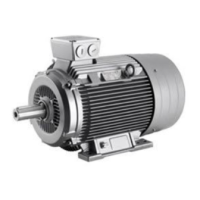
